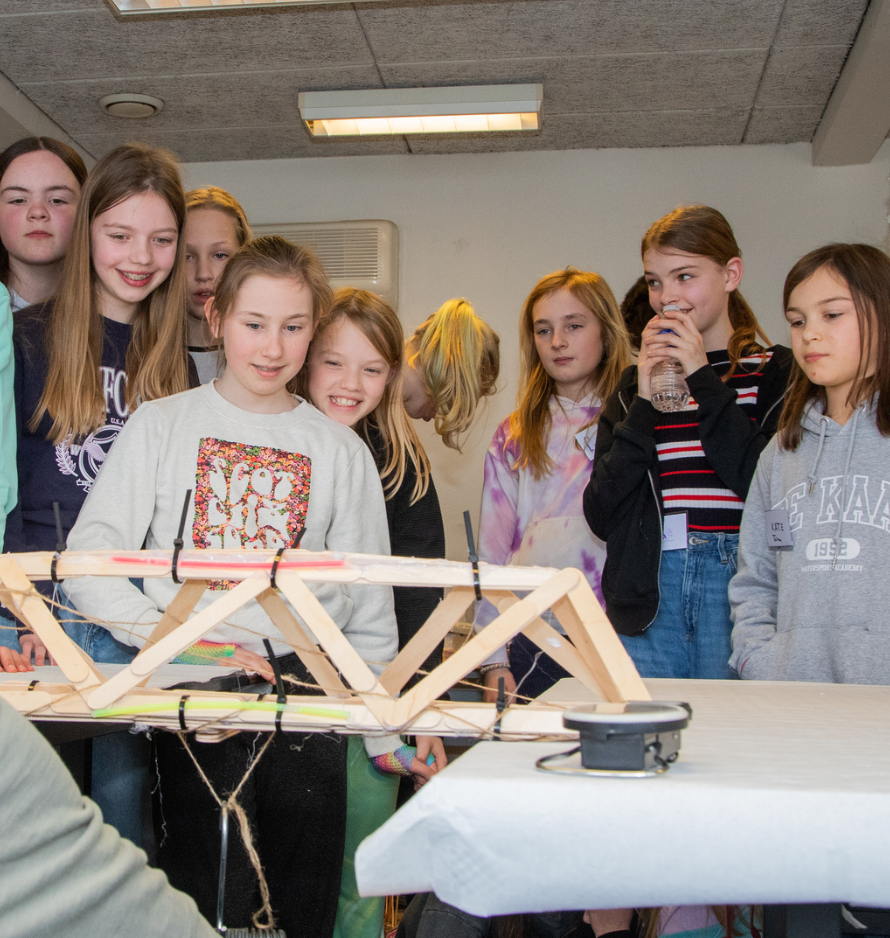4 min. read
How to Create an Executive Sponsorship Program in Tech
10 Step-by-Step Guide to Creating A Blueprint to Promote DEI

Integrating sponsorship programs into your DEI strategy can empower underrepresented employees to advance their careers.
What is a Sponsorship Program?
A sponsorship program is a structured workplace initiative that pairs junior or mid-level employees (sponsees or protegés) with senior leaders and executives (sponsors) who leverage their influence to open the door for employee professional growth and development.
Why?
Sponsorship programs can have a positive impact both on individuals and at the organisational level. For individuals, having a sponsor can provide access to more opportunities, increased visibility, valuable feedback, and recognition.
Sponsors can also help individuals overcome barriers and biases that may hinder their advancement.
At the organisational level, sponsorship programs can diversify the leadership pipeline, enhance the retention and engagement of high-potential employees, foster a culture of trust and collaboration, and improve innovation and performance outcomes. Additionally, sponsorship programs can address the gaps and limitations of mentorship programmes, which may not be sufficient to ensure the career progression of underrepresented groups.

How to Design Sponsorship Programs?
1. Define Goals & Objectives
Clearly outline the aims and objectives of the sponsorship program. For instance, the goal could be to increase the representation of women in leadership positions or to support the career development of employees from underrepresented backgrounds.
2. Identify Selection Criteria
Determine the criteria for selecting sponsors and sponsee. This might include factors such as seniority, performance, and potential. For example, sponsors could be senior leaders with a track record of mentoring others, while sponsee could be high-potential employees identified through performance reviews. Perhaps this ties in with some of the goals on your DEI scorecard – check out our handy guide on how to make one here.
3. Match Sponsors & Sponsees
Pair sponsors and sponsee based on compatibility and shared goals. For instance, a protégé interested in advancing their leadership skills might be matched with a sponsor who has experience leading successful teams.
As a Sponsor you should be:
– Be open and honest
– Listen and Learn
– Lean into discomfort in areas not familiar to you (e.g. cultural differences)
– Take risks with the relationship
– Advocate for your sponsee with intent
– Give feedback as appropriate
– Be intentional in building the relationship
As a Sponsee you should be:
– Be able to lead the relationship with your sponsor
– Be able take risks with the relationship
– Trust is a vital part of the relationship
– Be able to do the work required based on feedback received and requirements for success
– Be able to request and give feedback as appropriate
– Be able to take personal responsibility for your career and be empowered to ask for what you need
4. Establish Roles & Responsibilities
Clearly define the roles and responsibilities of sponsors and sponsee. This could involve setting expectations for regular meetings, providing feedback, and offering support. For example, sponsors may be expected to meet with their sponsee once a month to discuss career goals and provide guidance.
5. Provide Training & Resources
Offer training and resources to sponsors to help them fulfil their role effectively. This could include workshops on coaching and leadership skills. For instance, sponsors could attend training sessions on active listening and providing constructive feedback.
6. Monitor & Evaluate
Continuously monitor and evaluate the effectiveness of the programme. This might involve collecting feedback from participants and tracking progress towards goals. For example, HR could conduct surveys to assess participants’ satisfaction with the program and measure changes in sponsee’ career advancement.
7. Promote Visibility & Recognition
Recognise and celebrate the achievements of sponsors and sponsee. This could involve highlighting success stories in company newsletters or at team meetings. For example, the organisation could showcase how a sponsorship programme helped a protégé secure a promotion or take on a leadership role.
Important: secure leadership and organisational buy-in leadership.
This plays a pivotal role in shaping the culture and direction of an organisation. Therefore, obtaining executive support should be a primary focus when introducing any new program.
8. Sustain Engagement
Keep sponsors and sponsee engaged in the programme. This might involve organising networking events or providing opportunities for further development. For instance, sponsors and sponsee could attend workshops on topics such as personal branding or effective communication.
9. Iterate & Improve
Continuously assess and refine the programme based on feedback and outcomes. This could involve making adjustments to the matching process or introducing new training resources. For example, HR could review feedback from participants and identify areas for improvement, such as offering more support for sponsee transitioning to new roles.
10. Communicate Results & Lessons Learned
Share the results and lessons learned from the programme with stakeholders. This could involve presenting findings at company meetings or writing a report summarising key insights. For instance, HR could highlight how the programme contributed to an increase in employee satisfaction and retention rates.
Strategies to Cultivate Effective Sponsorship Relationships
It’s important to acknowledge that not every relationship will be the perfect fit—and that’s okay. However, you can lay the groundwork to give sponsorship relationships the best chance of success. Here are 3 recommendations to keep in mind:
1. Focus on Meaningful Matches
High-quality matches are the cornerstone of effective sponsorship relationships. While providing the right tools and resources is crucial, a mismatched pairing can make it challenging to nurture a genuine relationship. Affinity bias, where individuals naturally gravitate towards those who resemble them, can also be a factor. Using unbiased methods to pair employees based on shared interests and goals can help ensure the right matches are made.
2. Provide Frameworks and Tools
Meeting new people can feel daunting, and sponsorship relationships may not come naturally to everyone. Your sponsorship program should offer curriculums and guides to support the development of strong relationships. The aim is to facilitate conversations that foster trust and open communication. It’s important that the tools provided serve as guides rather than rigid requirements. When sponsors and sponsees are constrained by a strict script, the authenticity of the relationship may suffer.
3. Go Beyond Individual Relationships
While sponsorship often begins with 1:1 relationships, it should extend beyond that. The goal is not merely to pair up-and-coming employees with a single sponsor, but to provide access to other senior leaders, executives, and peers who can contribute to their professional support network. In many cases, employees can benefit from multiple sponsors who can support them in different areas of growth.
Let’s make DEI in tech a reality.
Start by diversifying your tech team with us.




